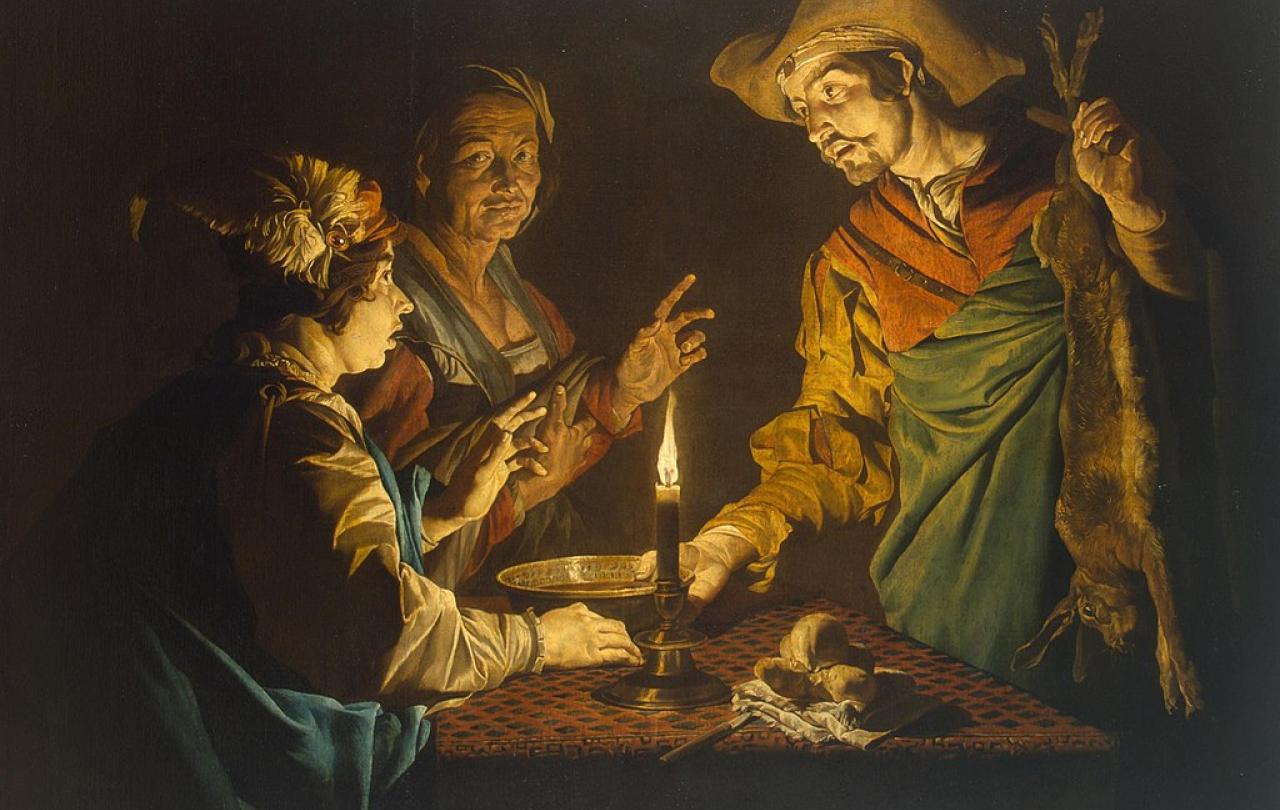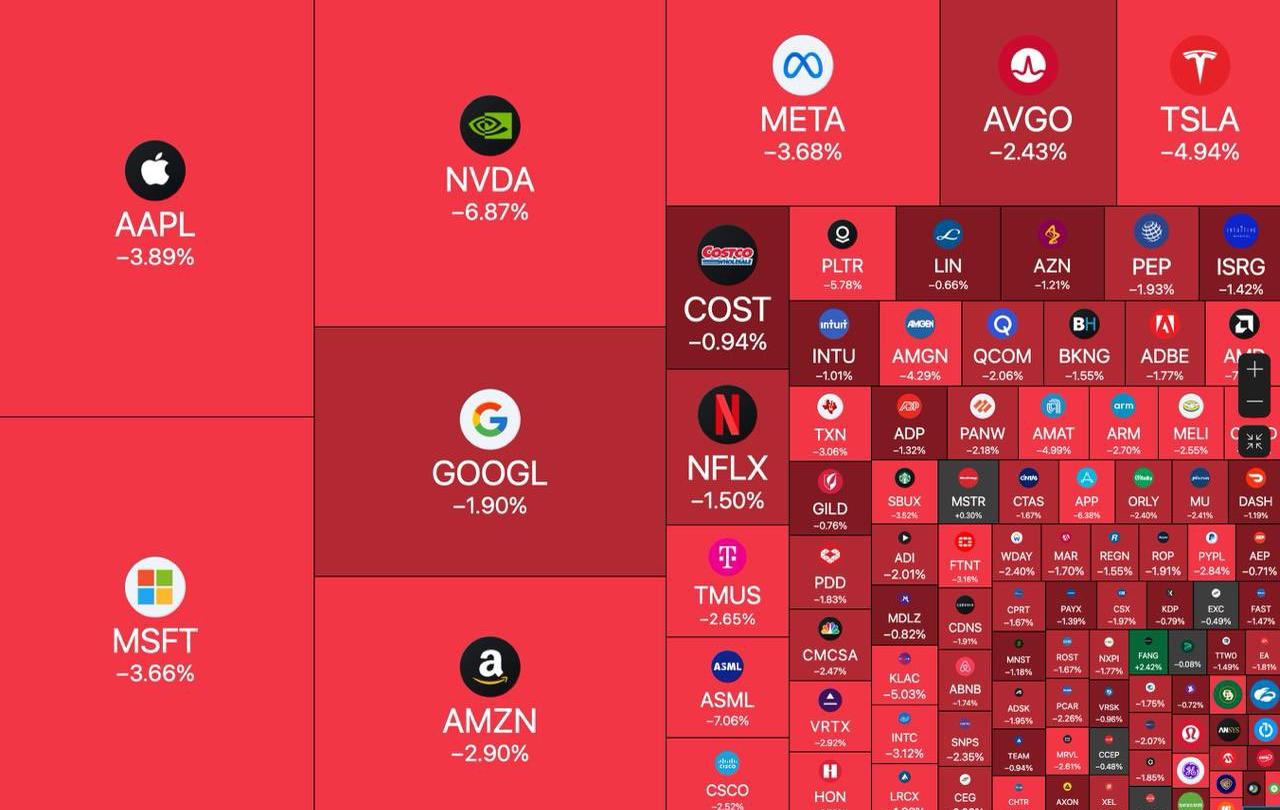One moment your firm feels steady. The next, a surprise resignation, a regulatory shift, or a market panic sends everything spiralling. We live in volatile times, economically, politically, personally. One day it’s a routine check up, the next it’s a diagnosis. One day life as normal, the next life no more. So how do we keep going when things go wrong? And what kind of hope holds when everything collapses?
Good Friday, the day Christians remember the crucifixion of Jesus, might seem like an unlikely place to look. After all, it’s about public failure: betrayal, injustice, humiliation, death. Jesus, declared innocent by both Roman and Jewish authorities, was still executed as a criminal. If anyone looked like a failed investment, it was him.
And yet, that moment of collapse is also where Christians find their deepest hope.
As Jesus hung on the cross, mocked by crowds and soldiers alike, one criminal beside him suddenly saw things differently. “This man has done nothing wrong,” he said. “Jesus, remember me when you come into your kingdom.” Jesus replied, “Today, you will be with me in paradise.” It’s a staggering claim—that even in death, Jesus holds authority over life. Somehow an innocent Jesus thinks his death has significance for a guilty criminal.
Two signs in that story point to something bigger. First, darkness covered the land in the middle of the day—a sign of judgement, echoing an ancient prophecy. Second, the curtain in the temple tore in two—symbolising that the barrier between God and people had been removed. In his death, Jesus was taking on the cost of wrongdoing, so that humanity could be brought back to God.
This isn’t optimism. It’s not distraction. It’s a hope that faces the worst and still stands.
Markets run on confidence. We weigh risk, scan for signals, try to act wisely. But confidence—con fide—literally means “with faith.” The Christian claim is that Jesus is worth that faith. Not because he keeps us safe from all harm, but because even in death, he has gone ahead of us and made a way through.
So the question is: when everything goes wrong, where will your confidence be?






